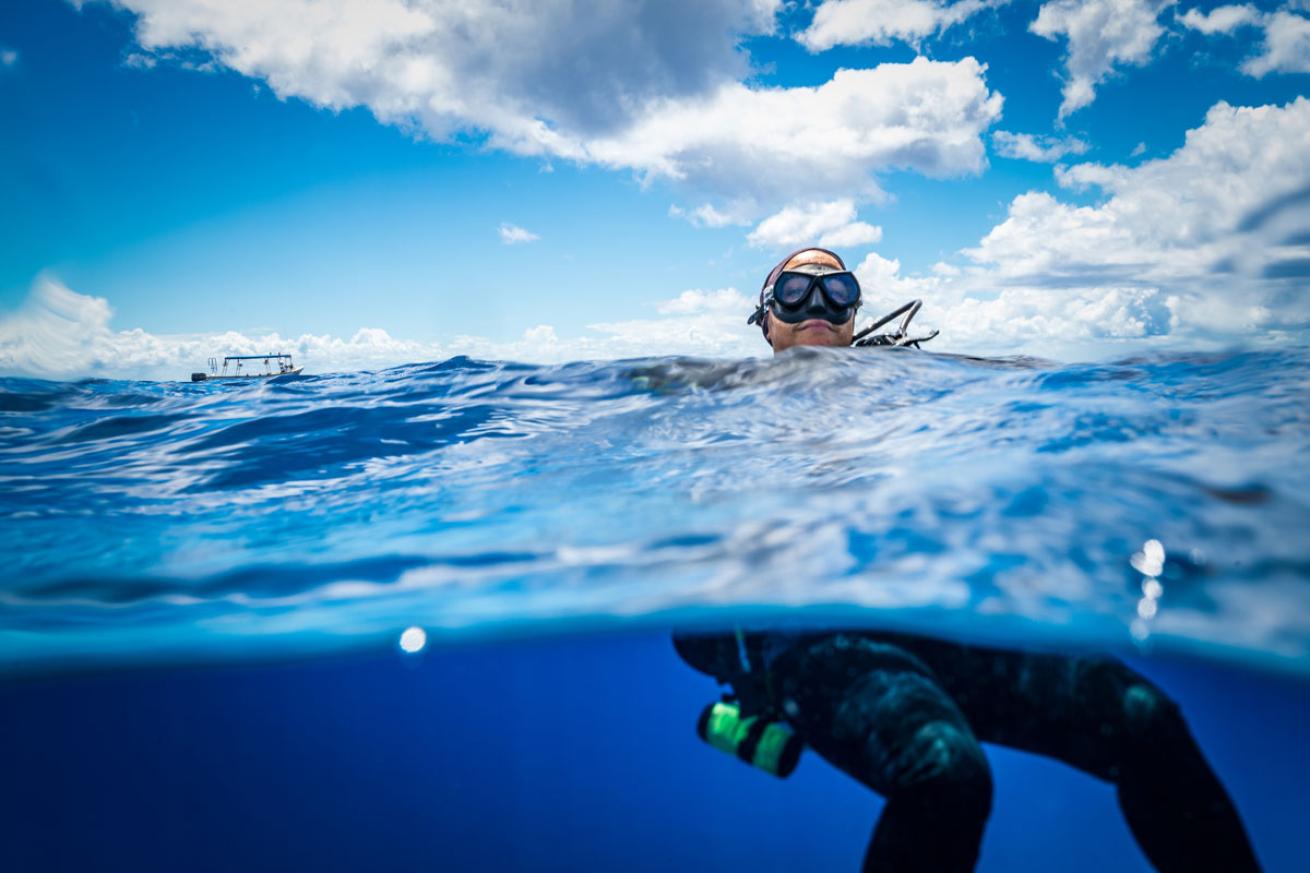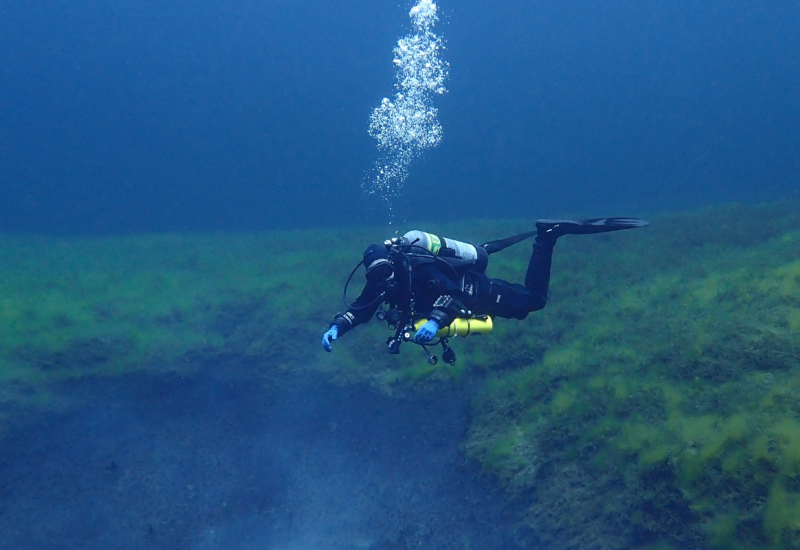What To Do If You're Left By The Dive Boat
You surface after a great dive, but the boat is nowhere in sight. What do you do if you're left at sea by the boat after scuba diving?

ShutterstockDo you know what to do if you're left by the boat?
STEP 1: Look Again
Don’t panic. The boat could be close by, but you missed seeing it. Even small chop makes waves higher than your head, and unless you’re looking the right way at the right time you can miss a boat only 100 feet away. Inflate your BC so that your head is as high as possible and do a slow 360-degree inspection of the horizon. If you find the boat, and it’s close enough to swim to, take a compass bearing and submerge to about 15 feet. Your fins are far more efficient making full strokes under water than splashing on the surface.
STEP 2: Signal
Still can’t see the boat? Or maybe you can see the boat but a current prevents you from swimming to it? If it's the latter, a crew member may be able to see you. Help by making both visual and auditory signals. We’ve found a serviceable visual signal to be an inflatable safety sausage, but failing that, take off one of your brightly colored fins. Wave it vigorously, including splashing with it; motion attracts attention. Use an auditory signal like the DiveAlert air horn. Deflate your BC enough to submerge your ears before sounding, however. The blast can damage your hearing. A simple whistle can also be effective in the right conditions. If the boat is nowhere in sight, it may be that surface chop is heavy enough that it's preventing you from spotting the boat, and the boat crew may be having the same difficulty in seeing you. In these cases, audible signaling devices are especially helpful. This is why both a visual and an audible signaling device is considered part of standard equipment for recreational divers.
READ MORE: How To Avoid Getting Lost on a Dive
STEP 3: Where Are You?
While you’re searching and waving and blasting your horn, try to determine which direction you had been swimming relative to the shoreline. If you’re not sure, and there’s appreciable current, chances are you’ve been swimming down-current, as it’s almost impossible to go far enough up-current to get lost. Determine the direction of the current by noting which way kelp, seaweed or soft corals lean or, if you’re close enough to shore, by which way you drift. Keep in mind that close inshore currents can run the opposite direction from offshore currents. If there is a point of land not far up-current, chances are good that the dive boat is on the other side of the point. Underwater, you may have swum around the point and not realized it.
STEP 4: Prepare To Wait
If the dive boat has clearly left you behind, in most cases it is best to wait where you are to be rescued. If you're near a mooring ball or other buoy, hang on to it so you don't drift. Now's the time to ditch your weights, and tank too if necessary. Keep everything else. If you are close enough to shore or something you can climb on to get out of the water, consider doing so to conserve body heat. Even warm tropical water can cause hypothermia over time. Be careful, though. Even small surf breaking on slippery rocks can lead to a broken arm or leg. But if a landing looks feasible, follow the procedure for making a beach exit.
READ MORE: 10 Safety Rules for Avoiding Dive Fatalities
STEP 5: Strive To Survive
If you find yourself in the open ocean — the current has swept you past the end of an island for example — keep a sharp lookout for any passing boat or plane and signal vigorously. Stay calm and stay very close to your buddy, it’s easy to become separated in choppy seas. Keep your arms and legs close to your body to conserve body heat. And don’t give up hope: people have survived many days of exposure. If land is in sight and current permits, swim toward it at a steady, moderate pace, conserving your energy for the long haul. Meanwhile, make a point to buy a compass — and then learn to use it.










